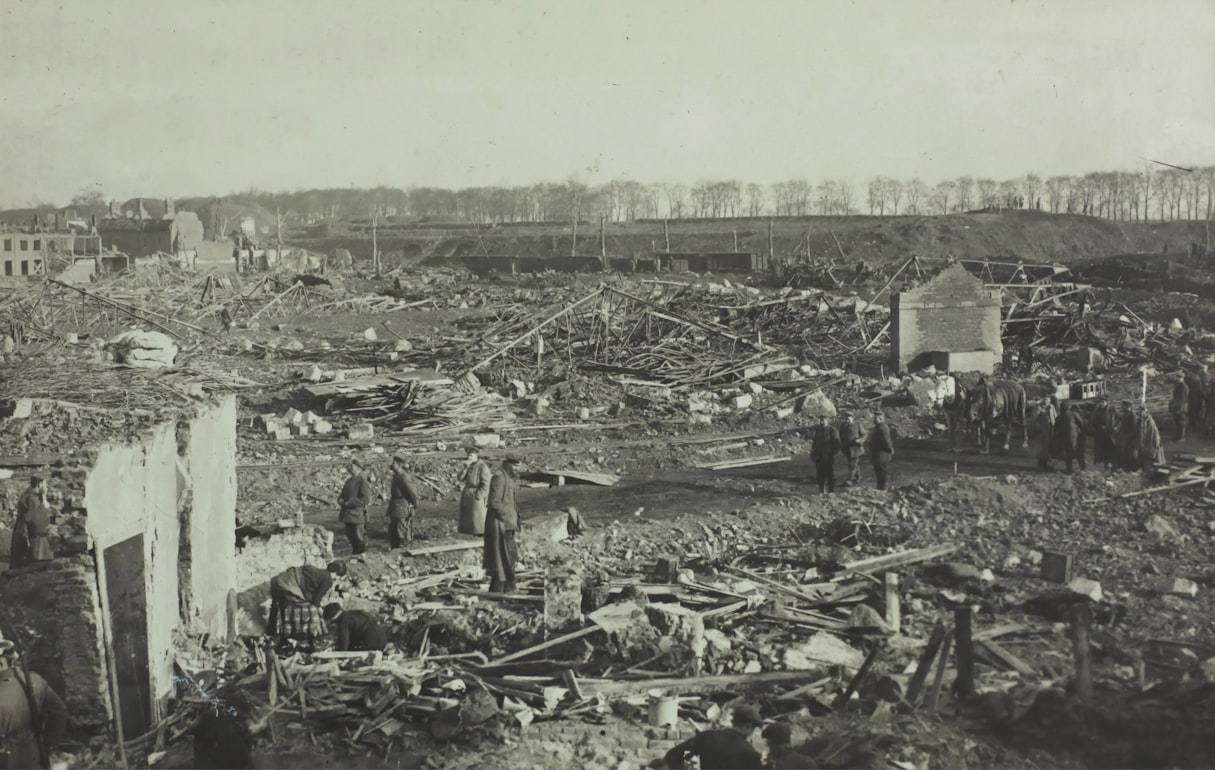The World Wars: A Comparative Analysis of Causes, Key Events, and Aftermath

The World Wars, also known as the First World War (WWI) and Second World War (WWII), were two major global conflicts that took place in the 20th century. They were characterized by unprecedented levels of violence and destruction and had a profound impact on the world. In this article, we will explore a comparative analysis of the causes, key events, and aftermath of both World Wars.
Causes
The causes of WWI and WWII were different, but there are some similarities. WWI was sparked by the assassination of Archduke Franz Ferdinand of Austria in 1914. The complex web of alliances between European countries led to a domino effect of countries entering the war. The underlying causes of the war were imperialism, nationalism, and economic competition.

WWII, on the other hand, was caused by the rise of fascism in Europe, led by leaders such as Adolf Hitler in Germany and Benito Mussolini in Italy. The aggressive expansionist policies of these countries, coupled with the failure of the international community to take action, led to the outbreak of war in 1939. The underlying causes of WWII were fascism, racism, and militarism.
Key Events
WWI and WWII were marked by several key events. WWI saw major battles such as the Battle of the Marne, the Battle of Verdun, and the Battle of the Somme. The war ended with the Treaty of Versailles in 1919, which imposed heavy penalties on Germany and led to the rise of Hitler.

WWII, on the other hand, saw major battles such as the Battle of Stalingrad, the Battle of Midway, and the Battle of Normandy. The war ended with the atomic bombings of Hiroshima and Nagasaki in 1945 and the German and Japanese surrenders.
Aftermath
The aftermath of both World Wars was significant and long-lasting. WWI led to the collapse of the Austro-Hungarian and Ottoman empires and the emergence of new nations. It also led to the Treaty of Versailles, which imposed heavy penalties on Germany and led to the rise of Hitler and the start of WWII.
WWII, on the other hand, led to the collapse of the Nazi regime and the Axis powers. It also led to the division of Germany and the emergence of the Cold War between the Soviet Union and the United States. The war resulted in the deaths of an estimated 50-85 million people, making it the deadliest conflict in human history.
In conclusion, the World Wars were two major global conflicts that had a profound impact on the world. WWI and WWII had different causes but some similarities in terms of underlying issues like imperialism, nationalism, and economic competition. Both wars were marked by several key events and had significant aftermaths, including the collapse of empires, the emergence of new nations, and the deaths of millions of people. The aftermath of WWII in particular had a long-lasting impact on the world and shaped the course of history in the 20th century.
References:
- https://www.history.com/topics/world-war-i/world-war-i-history
- https://www.britannica.com/event/World-War-II
- World War II: Causes and Timeline | HISTORY.com
- Occupying Germany and Japan | The National WWII Museum | New Orleans
- Adolf Hitler
- Third Reich: An Overview | Holocaust Encyclopedia
- https://www.history.com/topics/world-war-ii/bombing-of-hiroshima-and-nagasaki





